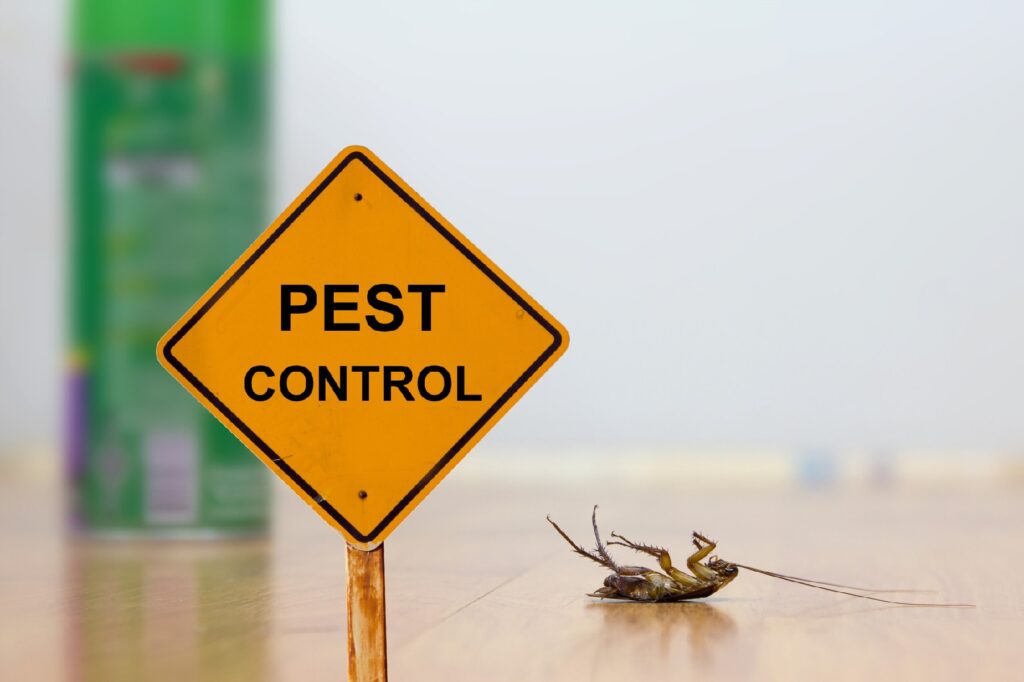Bed Insect Therapy Malfunction: Contrasting Chemical Vs. Non-Chemical Solutions
In the world of pest control, especially when dealing with the persistent issue of bed pests, the option in between chemical and non-chemical treatment solutions can be a critical one. Both approaches provide unique benefits and downsides, affecting factors such as effectiveness, security factors to consider, and general price. By analyzing the nuanced information of each approach, a more clear understanding of which path to seek in addressing a bed bug invasion can be attained.
Efficiency of Chemical Therapies
Chemical therapies for bed pest problems have been commonly acknowledged for their quick and powerful effectiveness in removing these bugs. When considering the effectiveness of chemical treatments, it is vital to recognize that they can offer a fast and detailed remedy to a bed pest trouble. Specialist pest control operators frequently count on pesticides to target bed insects at various phases of their life process, including eggs, fairies, and grownups. These chemicals normally function by interrupting the bed bugs' nerve system, bring about paralysis and ultimate death.
Additionally, chemical therapies have the advantage of offering residual effects, suggesting that they can remain to get rid of bed pests even after the first application. This recurring activity is particularly beneficial in combating any type of possible re-infestations. Additionally, the rapid action of chemical treatments can bring alleviation to individuals dealing with extreme bed bug invasions, allowing them to regain control of their home quickly.
Safety And Security Worry About Chemical Solutions
One important aspect that calls for careful consideration when utilizing chemical remedies for bed insect therapy is making sure the safety of owners and the atmosphere. Direct exposure to specific chemicals made use of in bed bug treatments can lead to respiratory system issues, skin irritability, or other negative responses, especially in people with pre-existing problems or sensitivities.
Furthermore, the environmental impact of chemical options is another substantial consideration. Some pesticides used in bed insect treatments might be hazardous to helpful pests, wild animals, and communities if they seep into the soil or water supply. It is vital to make use of chemical treatments deliberately, complying with security standards, and taking into consideration much less poisonous options to alleviate these threats and guarantee the safe and effective administration of bed bug problems.
Advantages of Non-Chemical Approaches
Taking into consideration the prospective safety concerns and environmental impact connected with chemical services for bed pest treatment, discovering non-chemical techniques presents a promising option with numerous unique benefits. Non-chemical techniques provide a safer choice for families, specifically those with kids, people, or family pets delicate to harsh chemicals. These techniques eliminate the dangers of direct exposure to hazardous substances, decreasing the capacity for negative health impacts. Moreover, non-chemical treatments are eco-friendly, as they do not add to air or water pollution, making them a lasting selection for parasite control.
Additionally, non-chemical services can be effective in targeting bed pests, consisting of hard-to-reach areas where chemical treatments might not permeate - A1 charlotte bed bug exterminator. Methods such as warmth treatment, vacuuming, heavy steam cleansing, and bed mattress coverings provide detailed elimination without the use of dangerous chemicals.
Limitations of Non-Chemical Treatments

Furthermore, non-chemical treatments typically call for several applications to accomplish successful obliteration. This can be taxing and might not always look at here now assure total removal of all bed insects and their eggs, especially in hidden or hard-to-reach areas.
Additionally, the success of non-chemical treatments heavily relies upon proper execution and thoroughness, which can be challenging for people without professional proficiency. Insufficient application of non-chemical approaches may cause insufficient eradication, resulting in persistent invasions and the requirement for extra therapies.
Therefore, while non-chemical treatments have their advantages, it is important to recognize these restrictions and consider them when determining one of the most efficient method go to this web-site for managing bed pest invasions.
Cost Comparison: Chemical Vs. Non-Chemical Options
Given the restrictions connected with non-chemical treatments, a vital aspect to assess in the context of bed pest administration is the expense comparison in between chemical and non-chemical choices. Chemical treatments usually involve the application of insecticides by professionals, which can range from $250 to $900 per room, depending upon the seriousness of the invasion and the dimension of the area to be treated. In comparison, non-chemical treatments like heat treatment or steam can be a lot more pricey, with costs ranging from $1,000 to $6,000 for a whole home. While the initial price of chemical treatments might appear reduced, multiple treatments might be needed to totally eliminate the infestation, possibly enhancing the general expense. On the other hand, non-chemical choices may supply an extra lasting and eco-friendly solution, although they can be cost-prohibitive for some people. Eventually, when thinking about the price of bed bug treatment options, it is necessary to weigh the upfront expenditures against the efficiency and long-term sustainability of the do pest control selected technique.
Conclusion

Thinking about the possible safety and security issues and environmental effect linked with chemical remedies for bed bug treatment, checking out non-chemical methods provides an encouraging choice with numerous unique benefits.Given the limitations associated with non-chemical therapies, a necessary facet to assess in the context of bed insect monitoring is the cost contrast between chemical and non-chemical choices. In comparison, non-chemical treatments like warm treatment or steam can be much more costly, with costs ranging from $1,000 to $6,000 for an entire home. While the first cost of chemical therapies might appear reduced, several therapies might be needed to completely remove the invasion, potentially enhancing the overall cost.In conclusion, when comparing chemical and non-chemical bed pest treatment choices, it is important to take into consideration performance, safety, benefits, restrictions, and expense.